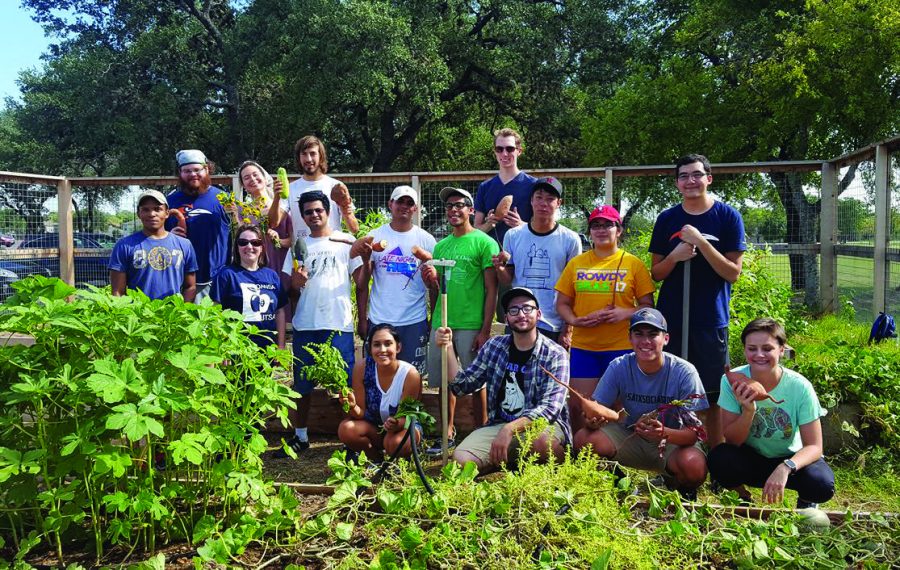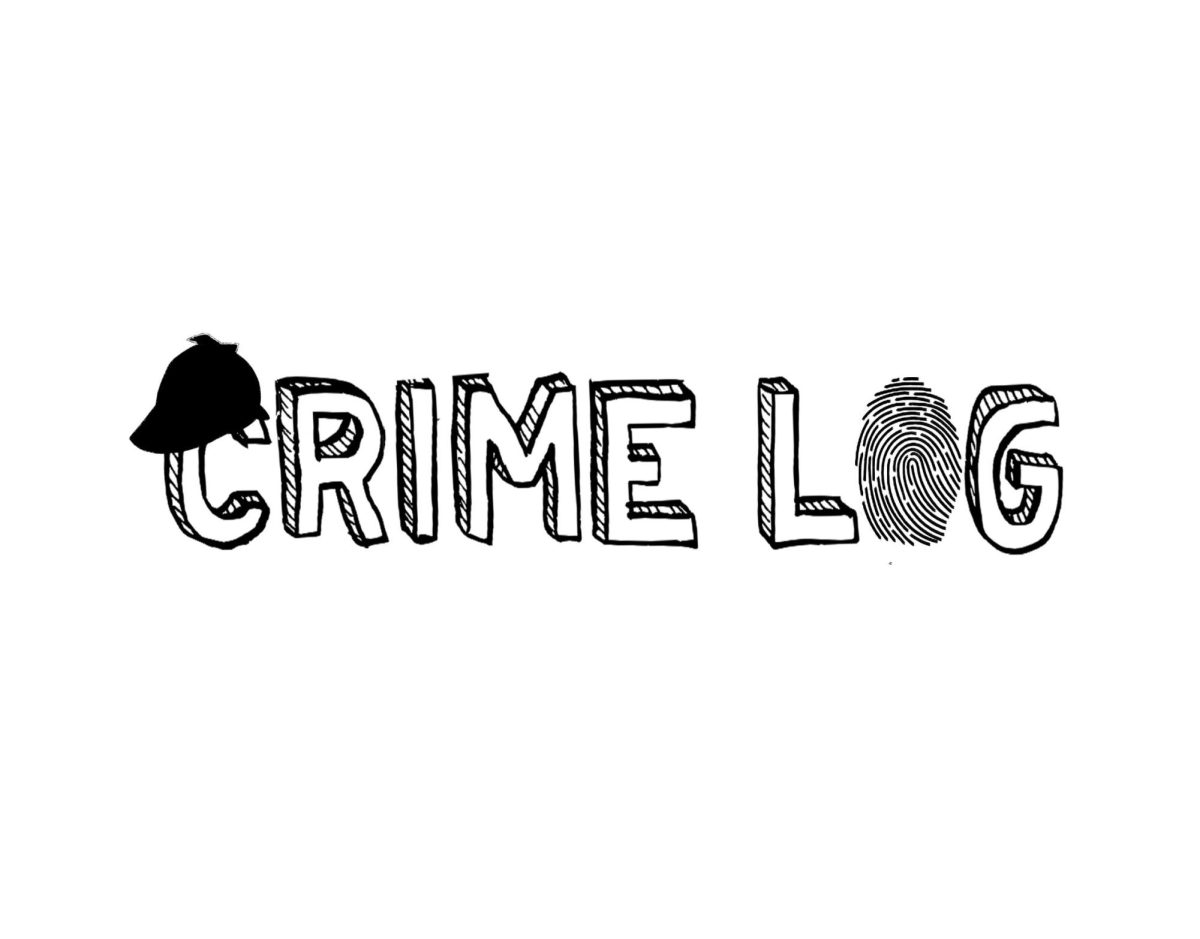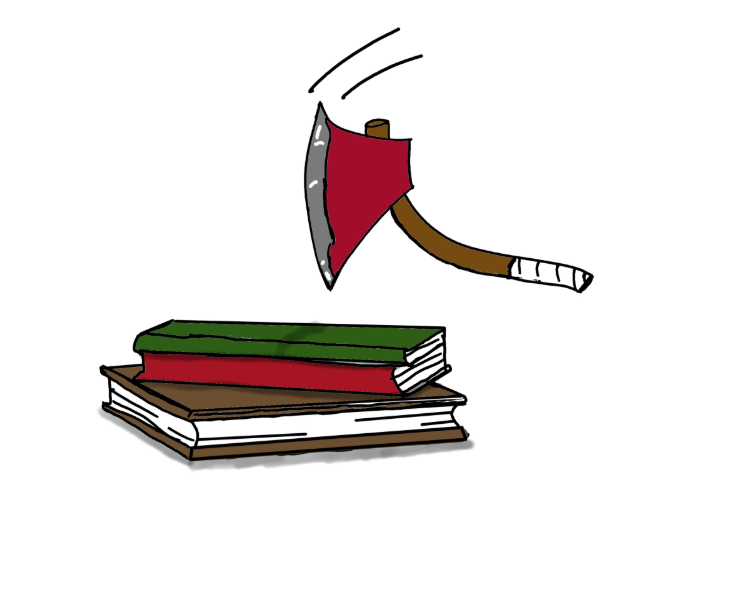Volunteers collected the first harvest from the UTSA community garden in March of 2017. After the successful planting, the community garden began its fall harvest to continue the project. Volunteers are planting seeds and maintaining the garden beds to keep the project going.
The Green Society, with help from the Department of Kinesiology, Health and Nutrition and the Office of Sustainability, began UTSA’S first community garden.
The Green Society decided to create a community garden in addition to their other eco-friendly efforts: picking up trash, volunteering and building trails.
The UTSA community garden is The Green Society’s longest running project. First proposed in 2013, the garden was not officially built until last spring. The idea came from two students who approached Lindsay Ratcliffe, faculty advisor of The Green Society at UTSA, and explained the need for the community garden. Merced Carbajal and Christine DeMyer pitched the need for a place UTSA students could grow and harvest vegetables, fruits and flowers, as well as harvest them.
The community garden is located on Brackenridge Road behind Lot Five by the Child Development Center. The garden grows okra, tomatoes, broccoli, kale, chard, brussel sprouts, cabbage, basil, rosemary, oregano, sunflowers, peppers, cucumbers, spinach, corn, beans, herbs, flowers, sweet potatoes, cantaloupes and watermelon.The garden consists of six raised beds, one of which is American Disabilities Act (ADA) accessible.
Students from The Green Society, the Dietetic and Nutritious Student Association and the organization 9 for 17 maintain the garden. Since its inception, the garden progressed quickly. With the help of volunteers maintaining the garden daily, including Green Society former president Zayne Nordquist, the garden is being prepared for a fall harvest.
“Originally, we had a system where students or student groups could reserve a section of the garden, and in that section, they were allowed to do what they wanted. This time we are focusing on a more communal effort, so we can harvest a large number, so we can donate it or sell it,” Nordquist said.
Selling what is harvested is one of the ways the Green Society receives money to support the garden. Before The Green Society sold its produce, the community garden was funded through UTSA’s Green Fund. The Green Society continues to use the Green Fund’s money to maintain the garden and buy tools necessary for gardening work. The Green Society has recently added a donation link for UTSA students, faculty and administrators to donate to the garden.
Donations include buying seeds and providing maintenance to the garden so students can keep the resource at their disposal. “People should help with the garden because it is a great space for students who wouldn’t ordinarily meet each other on campus to get together and bond in a really relaxed space and do something that’s outside and productive and fun,” said Ratcliffe.
“We are relying on donations because we have limited money in our budget. As the garden funds sit right now, we will need to rely on fundraisers in the future,” said Ratcliffe. “ We want to do traditional fundraisers like bake sales as time progresses. But eventually, we would also like to sell produce in a farmer’s market as well as donate the produce to our local communities that are food insecure. As of right now, we are trying to work with the San Antonio Food Bank with that and the UTSA food pantry,” Ratcliffe continued.
The Green Society will be at the community garden on Saturday, Sept. 30 at 10 a.m. to plant seeds and maintain the garden beds. “We welcome all Roadrunners. You don’t have to be an Environmental Science major. You can be anybody who just wants to get their hands dirty,” Ratcliffe said.
Students who want to get involved with The Green Society or help out with the community garden and any other similar projects can find information at Facebook.com/UTSAgarden.








